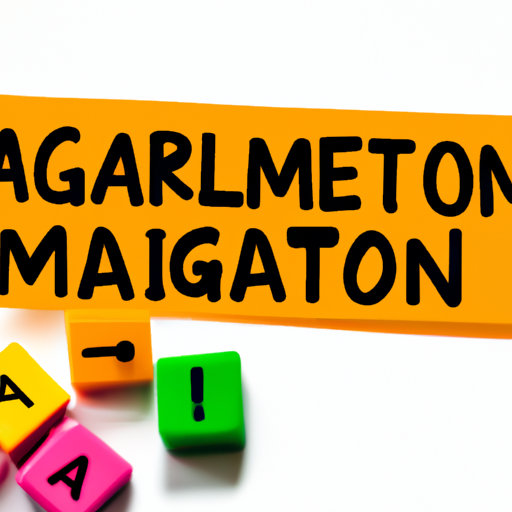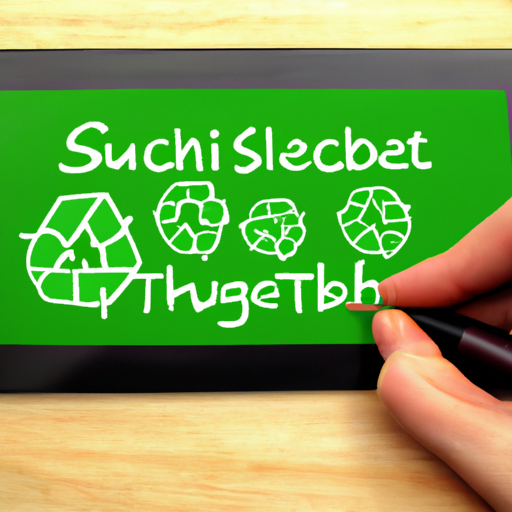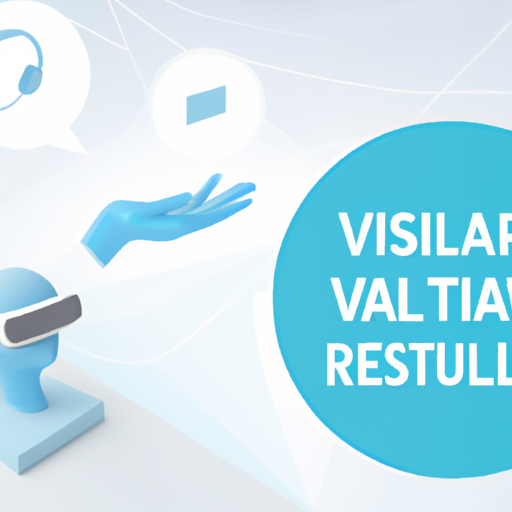In today’s fast-paced world, capturing and maintaining the attention of users can be a challenging task. One innovative solution has emerged as a game-changer in user experience – gamification. By integrating game mechanics into non-gaming contexts, businesses and educators are finding new ways to engage their audiences and maximize motivation. In this article, we will delve into the essential elements of gamification, its benefits, and how to effectively implement it in various settings.
What is Gamification?
Gamification is the application of game-design elements in non-game contexts to enhance user engagement, drive behavior, and improve learning experiences. Elements such as point scoring, leaderboards, challenges, and rewards are used to make tasks more enjoyable and motivate participants to reach their goals.
The Importance of Gamification in Business
In the business world, gamification is increasingly recognized as a powerful tool for:
- Enhancing Employee Engagement: Gamification can turn routine tasks into challenges and competitions, keeping employees engaged and motivated.
- Boosting Customer Loyalty: Companies like Starbucks use gamified loyalty programs to reward customers, encouraging repeat business and increasing customer satisfaction.
- Improving Training and Development: Integrating gamification in training programs helps learners retain information better and keeps them engaged in the learning process.
Key Elements of Effective Gamification
To successfully implement gamification strategies, consider integrating these key elements:
- Clear Objectives: Define what you want to achieve with gamification, whether it’s boosting sales, enhancing learning, or improving user participation.
- Game Mechanics: Utilize points, badges, levels, and challenges to create a game-like experience that motivates participants.
- Feedback: Providing immediate feedback encourages players to continue engaging and improving their performance.
- Community: Foster a sense of belonging by encouraging collaboration and competition among participants.
How to Implement Gamification Successfully
Implementing gamification requires thoughtful planning. Here’s how to get started:
- Identify Your Audience: Understand who you’re targeting and what motivates them.
- Choose the Right Tools: Select platforms and technologies that support gamification features.
- Test and Iterate: Launch a pilot program, gather feedback, and refine your approach.
Conclusion
Gamification is transforming the way we engage users in both business and education. By harnessing the power of game mechanics, organizations can create more enjoyable experiences that enhance motivation and drive participation. Whether you’re looking to improve employee engagement or create a more dynamic learning environment, gamification offers a wide range of benefits and opportunities. Start your journey today, and unlock the potential of gamification in your organization!
Ready to Get Started?
If you’re interested in incorporating gamification strategies into your business or educational programs, contact us today! Let’s work together to boost engagement and achieve your goals.




